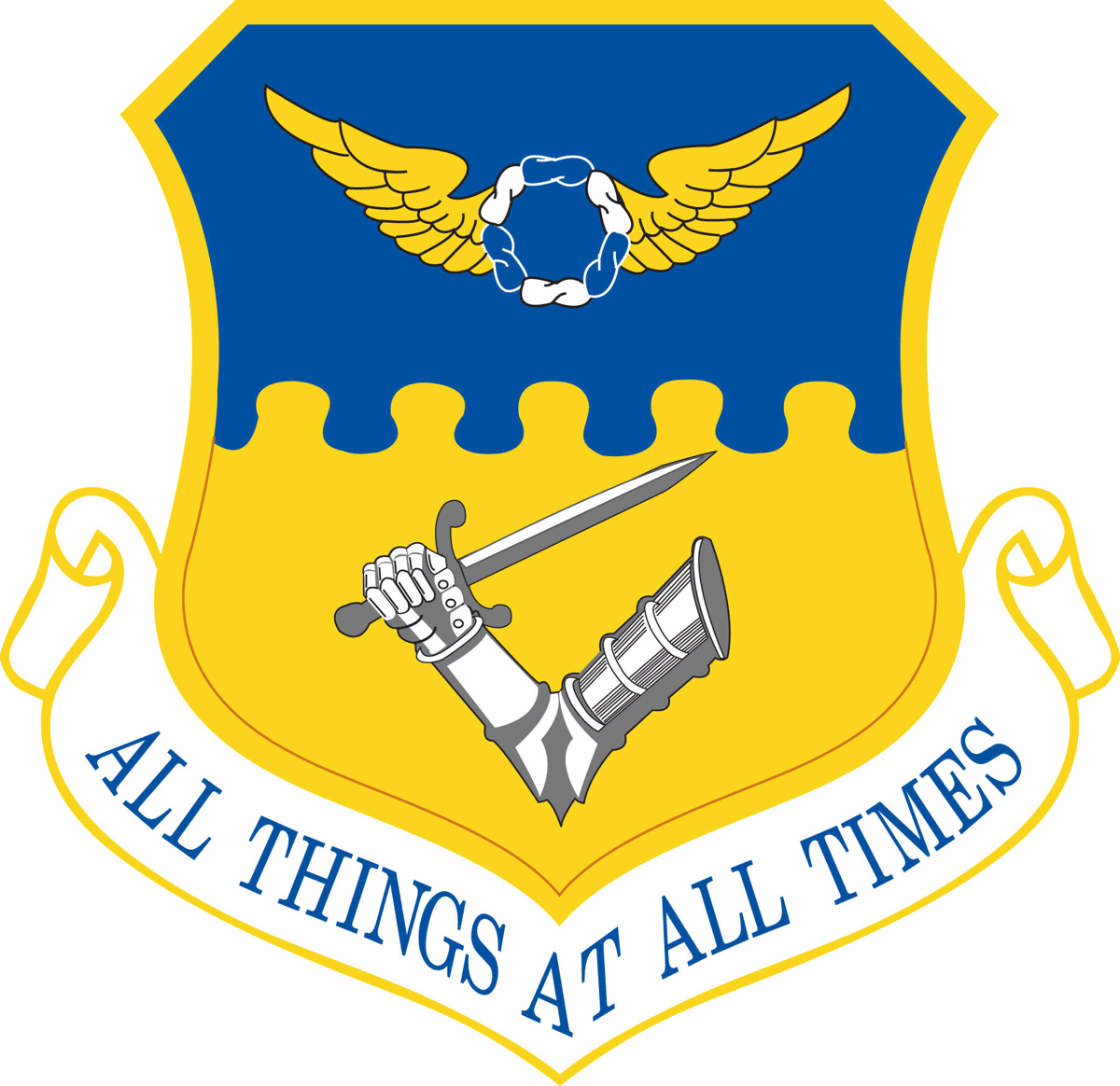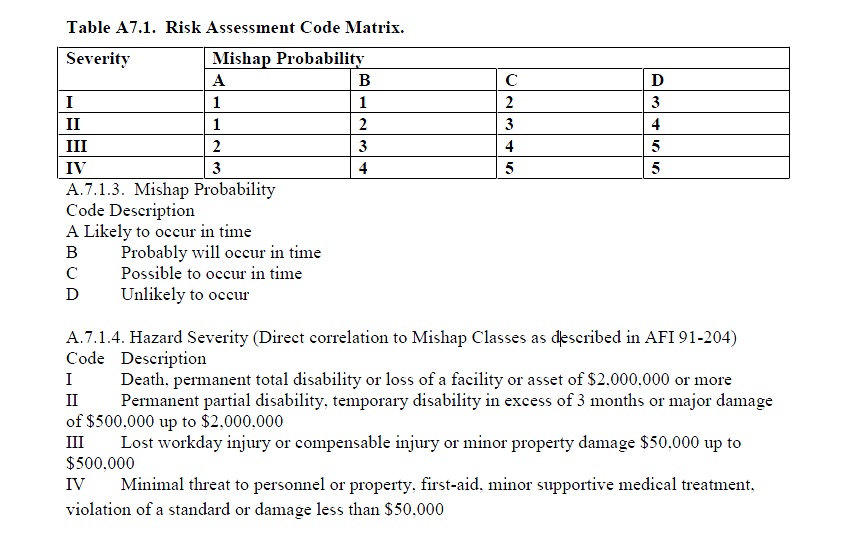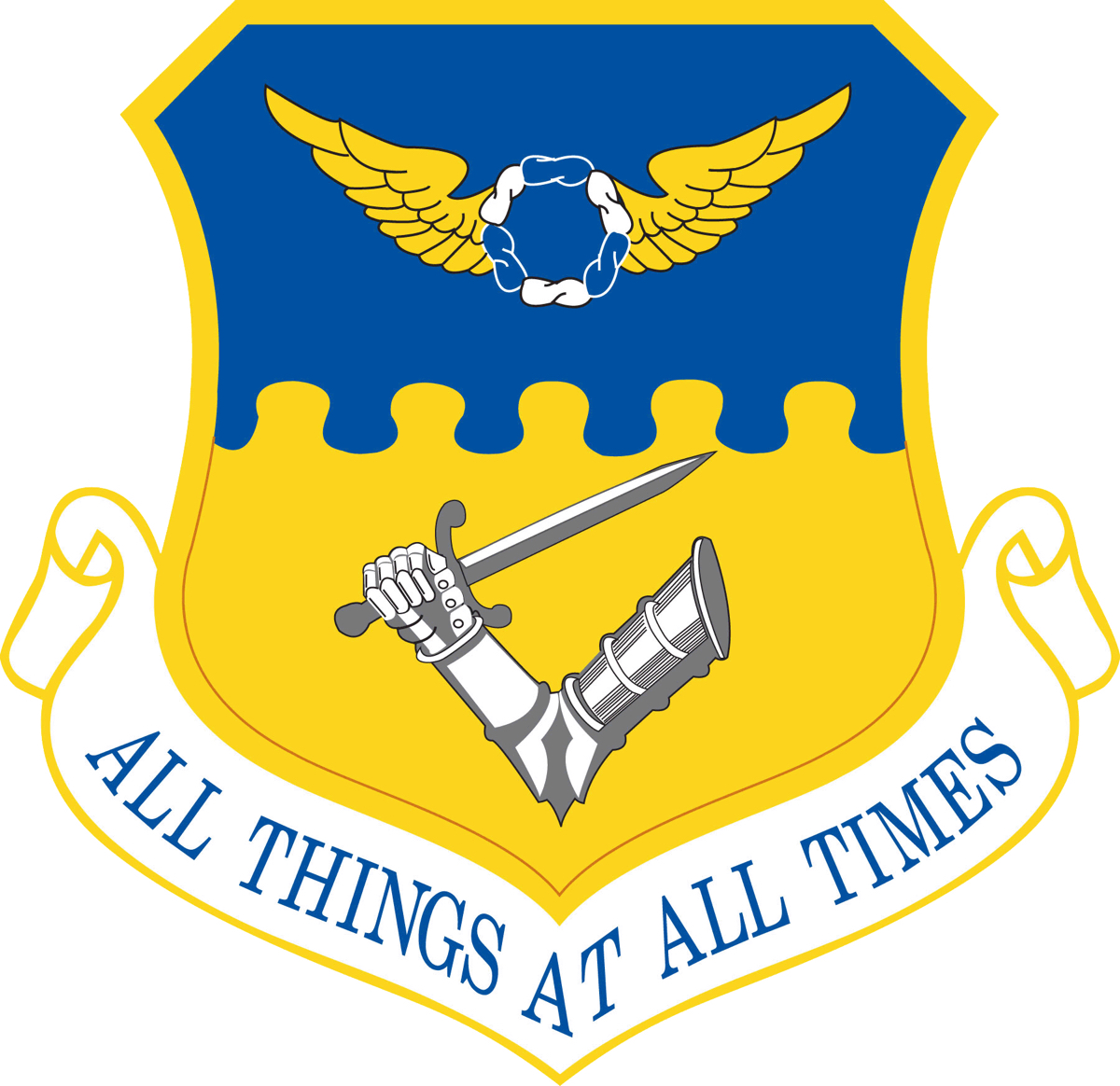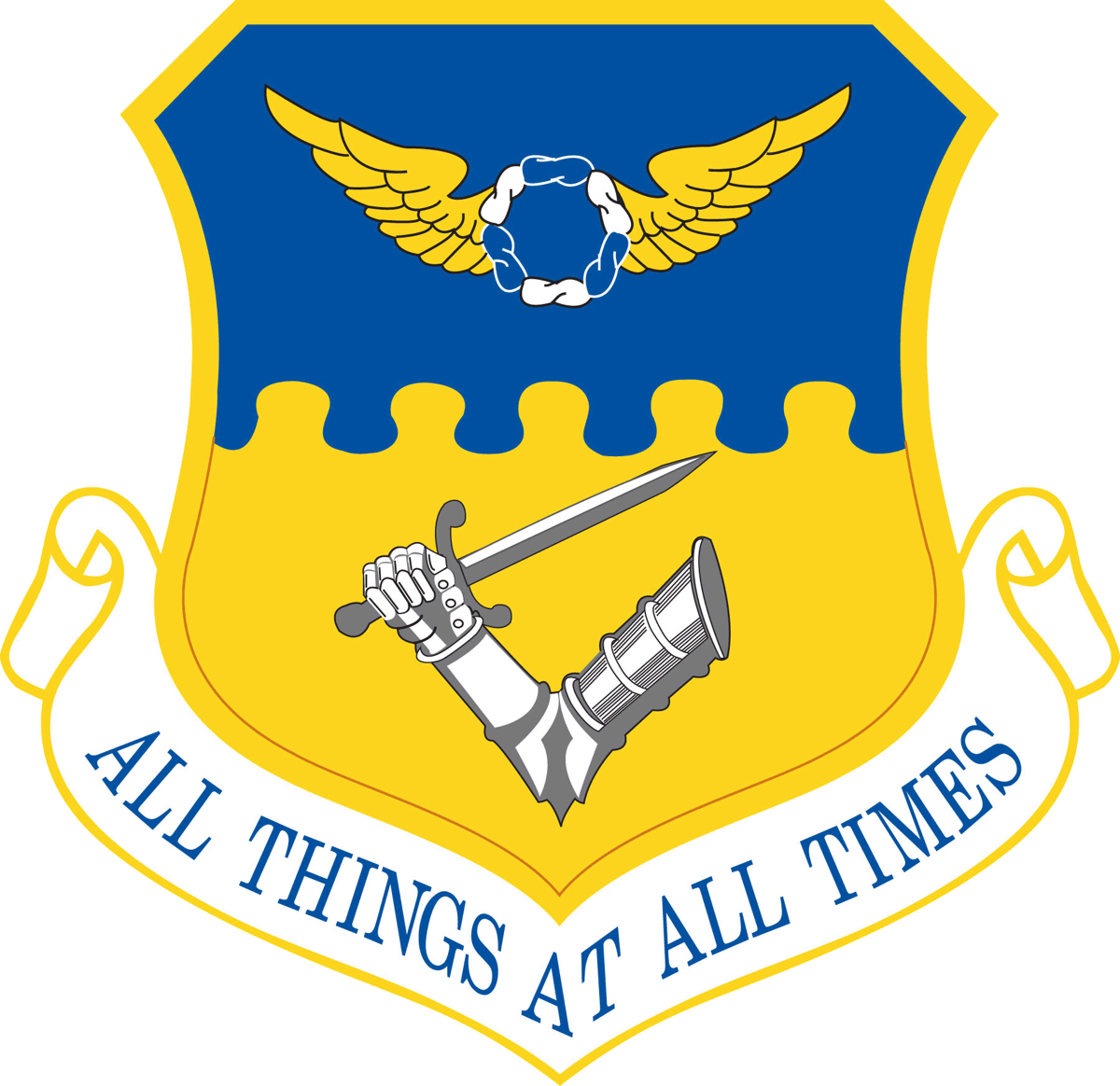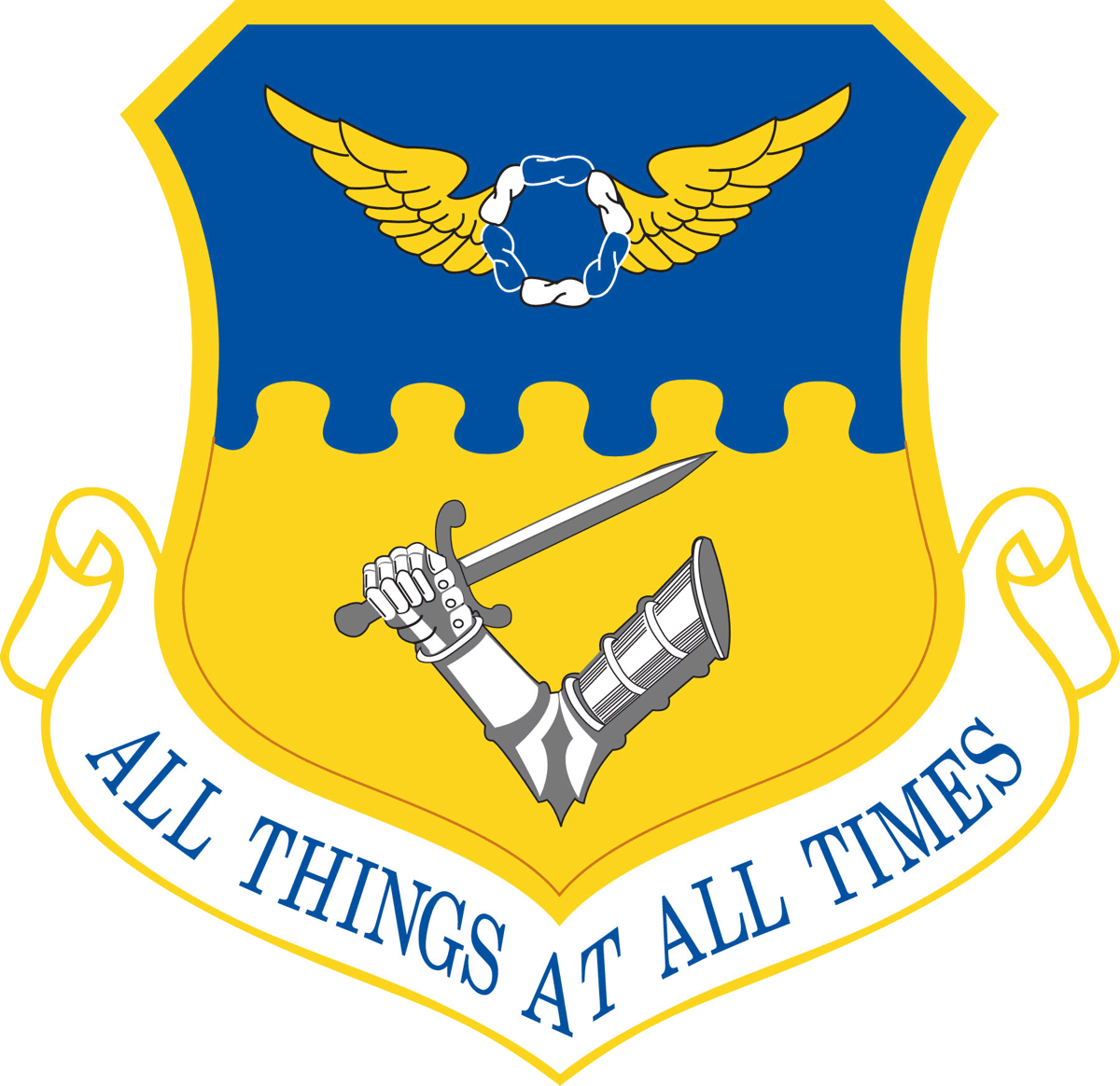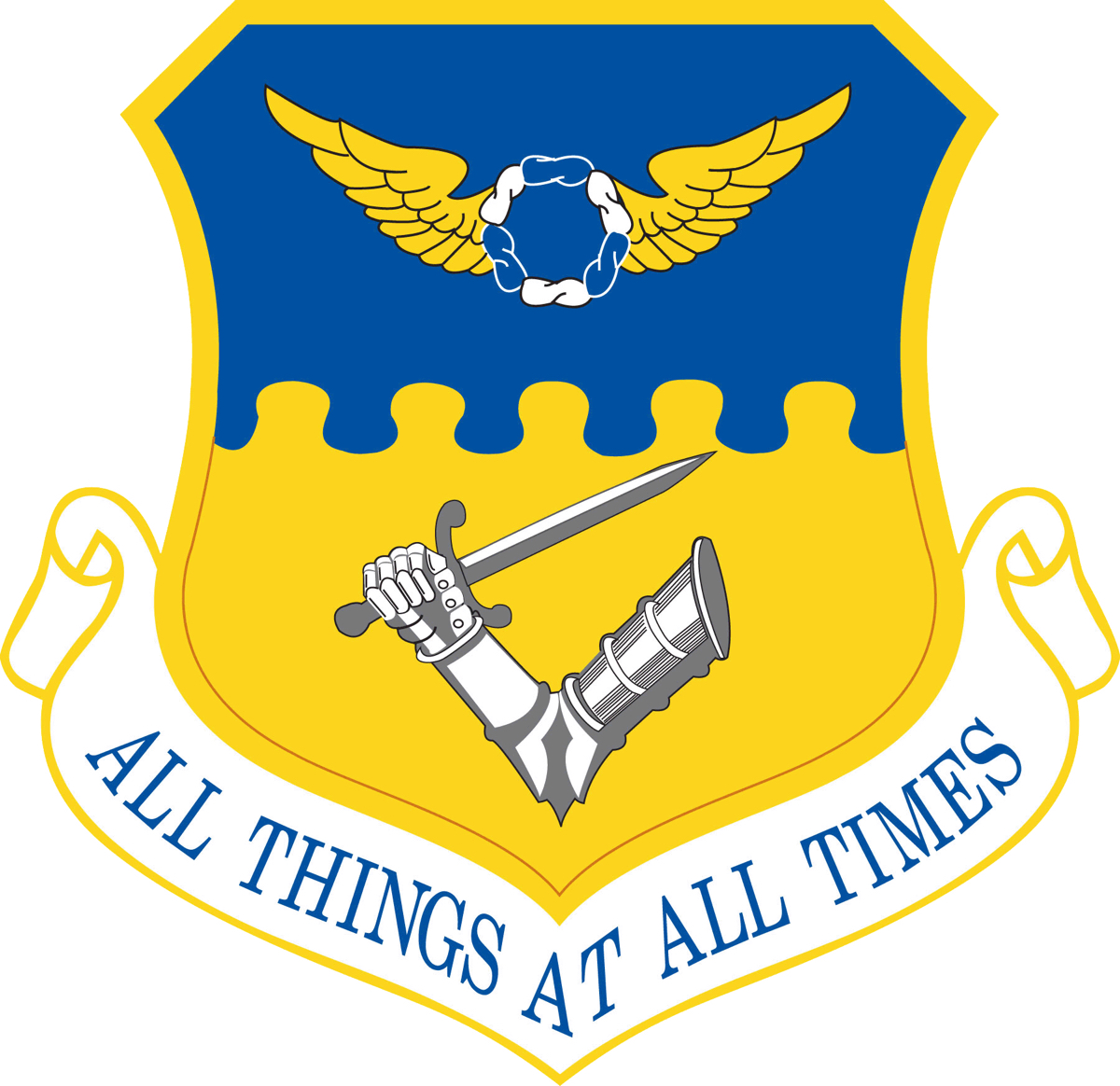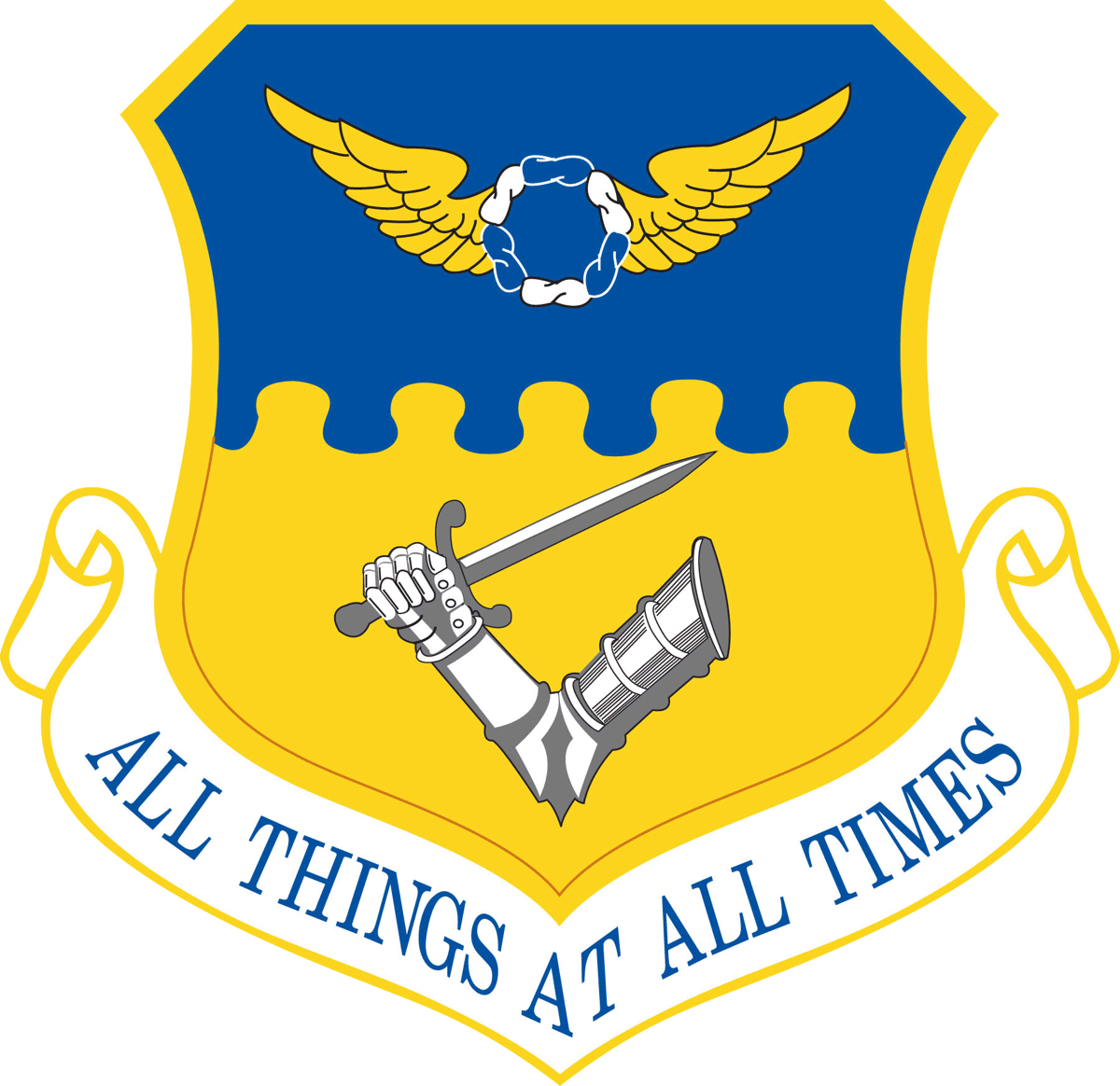Information
-
Organization Inspected:
- ARW Headquarters
- Medical Group
- Mission Support Group
- Maintenance Group
- Operations Group
- Other
- 220th EIS
- 164 WF
-
Area:
-
Unit:
-
Unit:
-
Date of Assessment:
-
Assessment Conducted by:
-
Mishap Prevention Program Conformance Grade:
- Met and Effective
- Met But Needs Minor Improvements
- Met but Needs Significant Improvements
- Not Effective
CONFINED SPACE PROGRAM COMPLIANCE
CONFINED SPACE PROGRAM (CSP) IAW AFI 91-202, para 3.4.4.3. and DAFMAN 91-203, Chapter 23
-
23.4.1.1. MAJCOM Oversight. Last evaluation/review of the CSP.
-
23.4.1.4. MAJCOM Oversight. Approved installation safety office's developed train-the-trainer materials.
-
Explanation of Train-the-Trainer Material
-
23.4.2.1. Occupational Safety manages installation CSP and leads the Confined Space Program Team (CSPT).
-
23.4.2.2. Occupational Safety Manager has identified a Safety Representative to the CSPT.
-
23.4.2.2.1. Occupational Safety Representative is competent in CSP requirements and trained according to paragraph 23.10.
-
23.4.2.2.1. Occupational Safety Representative Training and appointment is formally documented.
-
23.4.2.2.2. Occupational Safety Representative maintains consolidated CS inventories provided by each organization for all CS's, including GSUs.
-
23.4.2.2.2. Inventory includes Org, Class, Data supporting Class., Location of CS's and Updates provided to them by each organization.
-
23.4.2.2.2. Map of the confined spaces included to support the inventory list.
-
23.4.4. FES. Installation fire chief identify, in writing, to the OSM appointed Fire Emergency Services (FES) representative(s) to the CSPT.
-
23.4.4. FES. Installation fire chief has certified the representative(s) as competent in CSP requirements.
-
23.4.5. Installation Bioenvironmental Engineer (BE) identified, in writing, to the OSM the appointed BE representative(s) to the CSPT.
-
23.4.5. BE. BE OIC has certified the representative(s) as competent in CSP requirements.
-
23.4.6.1. Commanders and/or Functional Managers. Identified, in writing, to the OSM their designated representative(s) to the CSPT.
-
23.4.6.1. Commanders and/or Functional Managers has certified the representative(s) is/are competent in confined space program requirements and are trained according to paragraph 23.10.
-
23.4.6.2. Commanders and/or Functional Managers. Ensure the workplace is evaluated for permit and non-permit required confined spaces.
-
23.4.6.2. Commanders and/or Functional Managers. Require the designated representative to compile an inventory of the identified confined spaces in the organization and provide a copy to the installation CSPT.
-
23.4.6.2. Commanders and/or Functional Managers. Ensure inventory includes: Org, Class, Data supporting Class., Location of CS's, the number of spaces (quantity), type (with every entry point uniquely identified and listed) and exact location (e.g., grid coordinates, Global Positioning Satellite coordinates, if available, highlighted maps, if necessary).
-
23.4.6.3. Require that all exposed personnel are informed of the identified permit-required spaces.
-
23.4.6.4. Ensure a written confined space program, developed and approved by the CSPT, is implemented IAW 29 CFR § 1910.136 and this chapter.
-
Master Entry Plan(s), when required, shall be routed through the CSPT for approval. (T-1) Note: The requesting unit, not the CSPT, will lead the development of the unit’s Confined Space Program and Master Entry Plan(s).
-
23.4.6.5. Ensure all personnel assigned duties and responsibilities that support confined space program tasks are properly trained according to paragraph 23.10. (T-0) All equipment and training will be approved by the CSPT prior to purchase or implementation.
-
CSP Written Program
-
23.5.1.1. Testing and classification of confined spaces shall be done by the installation CSPT.
-
23.5.1.4. Monitoring equipment used to evaluate confined spaces shall be calibrated by the Testing, Measurement, Diagnostic and Evaluation (TMDE) laboratory at an interval established by manufacturer’s instructions or applicable technical orders.
-
23.5.1.5. The user shall be required to field check and span gas test equipment in accordance with the manufacturer’s instructions immediately before testing the confined space.
Master Entry Plan (MEP)
-
23.7.2.2. Describe the acceptable entry conditions, including atmospheric conditions, under which permits may be issued.
-
23.7.2.3. Designate as many entry supervisors as needed.
-
23.7.2.4. Identify the specific type and location of permit spaces to be entered and specific types of tasks or operations to be performed.
-
23.7.2.5. Describe the purpose of the entry and list either by reference or direct statement, the procedures to be used for entry, e.g., shop Operating Instruction (OI) that cover specific tasks.
-
23.7.2.6. Account for around-the-clock operations, when appropriate.
-
23.7.2.7. List PPE, atmospheric monitoring and rescue equipment, and conditions under which they shall be used.
-
23.7.2.8. Require continuous atmospheric monitoring. (T-0) When continuous monitoring is not possible, or determined by the CSPT to not be necessary, based on test data verifying that acceptable entry conditions are being maintained
-
23.7.2.9. List other controls required, e.g., hazardous energy control, ventilation, that will eliminate or isolate identified hazards for safe entry.
-
23.7.2.10. List chemicals and quantities authorized for use.
-
23.7.2.11. List conditions under which the space may or will be reclassified.
-
23.7.2.12. Establish communication procedures and identify communication equipment to be used during entries between the attendant and entrants.
-
23.7.2.13. Document emergency rescue procedures for each permit-required confined space covered under the Master Entry Plan.
-
23.7.2.13.3. Rescue Teams. Determine and evaluate the source of rescue services (unit organized, contracted, installation F&ES Flight) to be used for permit-required confined space entries.
-
23.7.2.13.3.1. Identify how rescue services will be notified to ensure prompt response.
-
23.7.2.13.3.4. Specify the method that will be used for reliable summoning of the rescue team, e.g., telephone, radio, and ensure it is operable, on hand and easily accessible.
-
23.7.2.14. Ensure the inspection, testing, maintenance and documentation of safety and rescue equipment is accompanied
-
Training
-
23.10.1. General Information. Each organization shall develop a structured and effective training program, to include a hands-on portion that establishes safe work practices and techniques.
-
23.10.1.2.1. On-the-job training should be with an experienced member (Civilian GS-09 or Military 7-Level) and include time observing confined space entries.
-
Training will ensure that personnel receive classroom and hands-on training to develop proficiency in their expected duties.
-
23.10.2.1. Personnel required to test the atmospheric conditions in a confined space shall be trained using manufacturer’s instructions or other information to develop effective training.
-
23.10.2.2. Training will ensure that the individual, with atmospheric testing duties, are proficient in the use, calibration (user level and manufacturer requirements) and care of atmospheric testing and monitoring equipment.
-
23.10.2.2.1. Annual training on the use, calibration and care of atmosphere testing and monitoring equipment will be conducted to maintain proficiency.
-
23.10.3. Supervisors shall develop rescue training that covers rescue methods that the organization will use, e.g., self-rescue, non-entry rescue, entry rescue.
-
23.10.4. Train-the-Trainer. The CSPT will develop a train-the-trainer program to provide entry supervisors with the initial program knowledge needed to effectively manage their program.
-
23.10.5. Documentation of training will have name of student, name of trainer and dates of training.
MISHAP PREVENTION PROGRAM EFFECTIVENESS
12 Month Mishap Summary
-
Where there any reported mishaps within the last 12 months within this unit?
-
Total Mishaps:
-
Lost Workdays:
-
Days on Restricted Duty:
-
On-Duty Mishaps:
-
Off-Duty Mishaps:
-
Management and Supervisory Support
-
What was found unsatisfactory for the unit's mishap prevention program?
-
Experience and Trends:
-
Remarks:
Outstanding Performers
-
Were there any outstanding performers within the unit?
-
Comments:
Findings
- Finding
-
Discrepancy or Observation:
-
-
Probability:
-
Severity:
-
Risk Assessment Code:
-
Reference:
-
Cause:
- Training
- Equipment
- Technical Data
- Human Error
- Misconduct
- Process Inadequate or Faulty
- Leadership/Supervision
- Other
-
Describe:
-
Recommended Action:
-
Functional Area or Shop Inspected:
-
Supervisor or POC:
-
Phone Number:
-
Date and Time:
-
Bld:
- 2006 (Main Gate)
- 2000
- 917
- 911
- 909
- 903
- 888
- 887
- 885
- 883
- 876
- 875
- 872
- 849
- 846
- 820
- 220
- Unlisted
-
Describe:
-
Room(s):
-
Follow-Up Date:
Out Brief
Formal Outbrief
-
Was the commander available for a formal out brief within 3 days?
-
CC Rank, Name, Title:
-
Out brief conducted on:
-
Signature:
-
Supervisor or POC Rank, Name, Title:
-
Out brief conducted on:
-
Signature:
-
Why was the CC not briefed?
Formal Report
-
Formal report sent to the commander on:
-
Safety office representative rank and name:
-
Signature:
Explanation of Causes and RACs
-
TR- TRAINING: Inadequate training in: guidance/policy/procedure, training oversight, initial qualification training, hands-on training , controls/metrics of training process/progress, training evaluation, training documentation, individual(s) not qualified, not experienced enough to perform task.
EQ- EQUIPMENT: Correct tools/equipment not available, unserviceable or not used, incorrect tool selection. Equipment defect or design flaw, inadequate equipment maintenance.
TD- TECHNICAL DATA: Tech data, operating instruction, or checklist incorrect, conflicting, misleading, unavailable, overly complex , outdated. (If tech data is incorrect/conflicting, misleading or too complex, individual must generate AFTO 22 and submit copy to MXS supervision)
HE- HUMAN ERROR: Used as last resort. When all equipment, technical data, training, and other factors are adequate. When another qualified technician would not have made the same error.
MC- MISCONDUCT: When all equipment, technical data, training, and other factors are adequate. The technician is fully aware of all requirements, demonstrates task competency, and the process is correct as written. Another qualified technician would not have made the same error and there is clear evidence the technician consciously disregarded technical data and/or regulations.
PI- PROCESS INADEQUATE OR FAULTY: Used when root cause analysis indicates all other root cause codes are not applicable. Established shop process for accomplishing the task is faulty and will be changed as a result of the root cause analysis.
LS- LEADERSHIP/SUPERVISION: Ineffective communication, decision making process ineffective, involvement insufficient, physical work environment issue, failure to adequately program resources.
OT- OTHER: Enter specific issues that cannot be linked to ROOT CAUSES above. -
